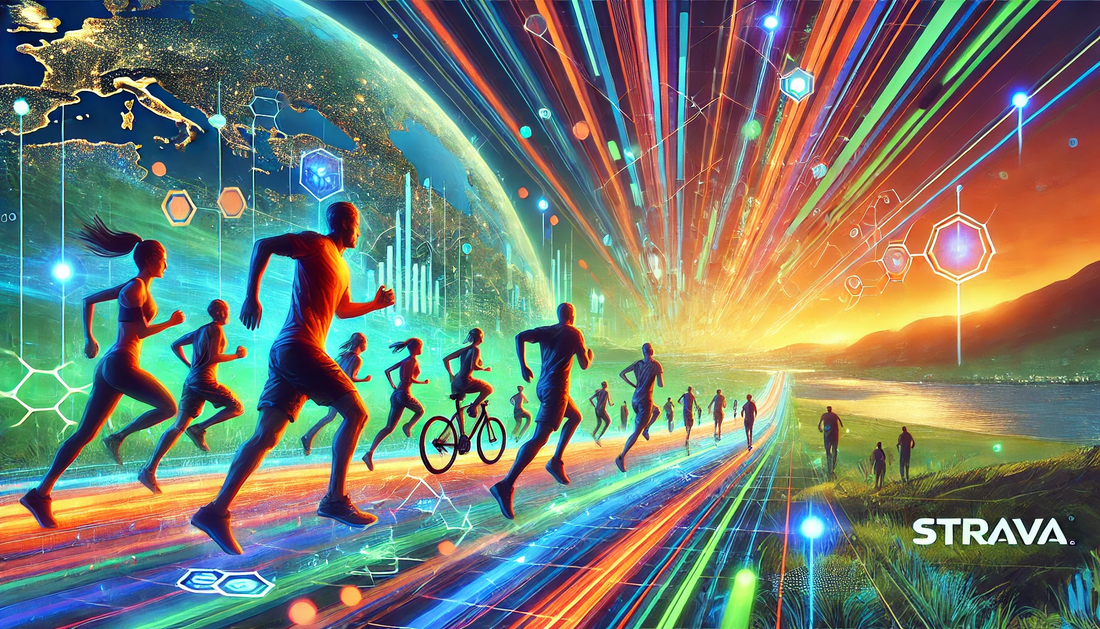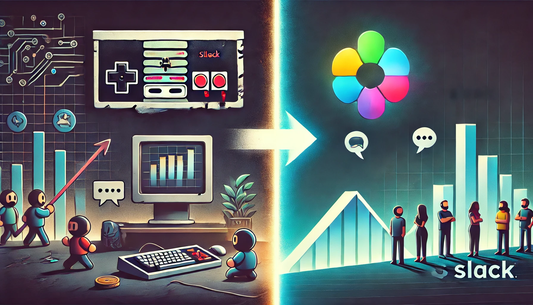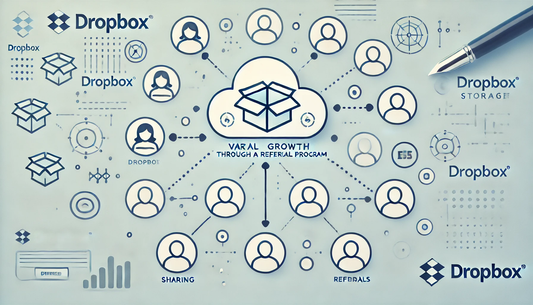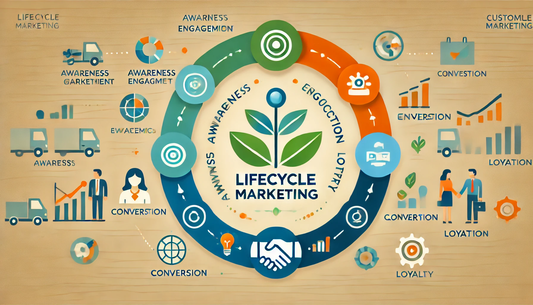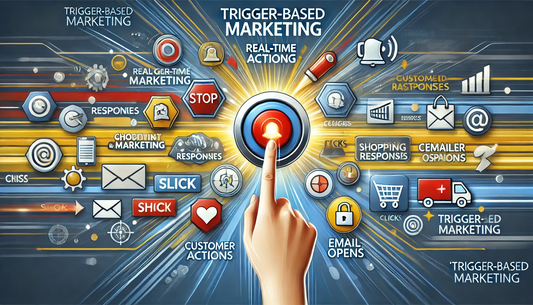In today's fast-paced digital world, where apps constantly compete for user attention, Strava has carved out a niche that has made it a global phenomenon. 🚴♀️
What started as a simple fitness tracking tool has evolved into a vibrant social network, uniting athletes, hobbyists, and fitness lovers worldwide. 🌍✨
But how did Strava do it? How did they turn fitness into a social experience that keeps millions of users engaged? 🏋️♂️
For startup founders, Strava's success is like a blueprint for blending technology, community, and data to create an experience people can't resist. 💡
In this article, we’ll dive into actionable strategies that can help you create a product that’s not just functional but also socially compelling! 💥
1. Find Your Niche and Build Around It
Strava didn’t try to be everything to everyone. Instead, they chose a clear target audience—cyclists and runners—and focused on making their experience exceptional. 🚴♂️
By homing in on a specific niche, Strava was able to cater to the unique needs of these users, ultimately building a tight-knit and loyal community. 💪
Takeaway: Identify a passionate and underserved audience. Tailor your product to solve their specific pain points, and create a space where they feel at home. 🏡
When you understand your audience deeply, it’s easier to create features and experiences that speak to them personally. 👂
2. Leverage Data to Enhance User Experience
Strava’s data usage is one of the most powerful aspects of its platform. By analyzing users' activities, it provides personalized insights, challenges, and recommendations. 📈
This personalization keeps users motivated to stay active while giving them a tangible sense of progress and achievement. 💥
Takeaway: Use data to enhance your product's value. Whether it’s through personalized content, recommendations, or progress tracking, data can make the user experience more engaging and meaningful. 🎯
Transparency and user benefit are key when implementing a data strategy, as they help build trust and foster loyalty. 🤝
3. Gamification and Social Features: The Winning Combo
Strava didn’t just track workouts—they made them fun! Through features like segments, leaderboards, and achievements, they turned fitness into a friendly competition. 🏅
But it wasn’t all about the stats; the social feed allowed users to share their progress, cheer each other on, and engage in meaningful conversations. 🙌
Takeaway: Introduce gamification elements to make your product exciting and engaging. Leaderboards, challenges, and rewards can boost user interaction and participation. 🏆
Combine this with social features like sharing, commenting, and community groups to foster a sense of camaraderie and support. 🤗
4. Seamless Integration with Other Platforms
One of Strava’s game-changing moves was integrating with various fitness devices and apps. From GPS watches to fitness trackers, users can sync their data seamlessly, making their experience more comprehensive. 📲
This integration turned Strava into an essential tool within the broader fitness ecosystem. 🌐
Takeaway: Don’t build in isolation! Identify complementary products or platforms that your audience is already using. 🤔
Explore partnerships or integration points that can enhance the user experience and broaden your reach. 🚀
5. Foster a Community-Centric Culture
Strava isn’t just an app; it’s a thriving community. By organizing local events, supporting athletes, and creating content around user stories, Strava fosters a culture that transcends digital interactions. 🏃♀️
These offline activities create stronger connections within the online community, creating a cycle of loyalty and engagement. 🔄
Takeaway: Think beyond the app. Engage with users on social media, host events, and celebrate their achievements to build a sense of belonging. 🎉
When users feel like they’re part of your brand’s story, they become loyal advocates who help spread the word. 📢
6. Prioritize User Feedback and Iterate
Strava has always prioritized user feedback, consistently improving its platform based on community input. Whether it’s adding features, fixing bugs, or optimizing the interface, they’ve shown that they listen to their users. 👂
Takeaway: Build user feedback into your development process. Show that you value their opinions and are committed to enhancing their experience. 💬
Transparency in how you act on feedback is crucial to building trust and loyalty. 💡
7. Monetize Without Compromising User Experience
Strava's freemium model is a great example of monetization that doesn’t alienate users. 🌟
While the core features remain free, premium members get access to advanced metrics, training plans, and deeper insights. This gives users the option to level up without feeling left behind. ⬆️
Takeaway: When thinking about monetization, ensure that your free users still get value. Premium features should be seen as enhancements, not necessities. 💡
Users should feel like upgrading is a choice that improves their experience, not an obligation. 💸
8. Keep an Eye on Industry Trends and Evolve
Strava has maintained its relevance by constantly adapting to new trends in the fitness and tech industries. Whether it's adding new sports, launching virtual challenges, or introducing safety features like Beacon, Strava stays ahead of the curve. 🔮
Takeaway: Stay flexible and proactive! Monitor trends and user behavior to anticipate shifts in the market. 🚀
Agility is crucial for innovation. By adapting early, you can stay ahead of the competition and better serve your community. 🏆
Conclusion: Creating a Social Fitness Platform that Works
Strava’s transformation from a simple fitness app to a global community-driven platform is a shining example of what happens when you focus on understanding your users, leveraging data, and creating a community-focused product. 🌐
For startup founders, these strategies offer a roadmap to building a product that’s not just functional but also emotionally engaging. 💖
Remember, Strava's success is rooted in its unwavering commitment to user experience and community building. 🔑
By applying these principles, your startup can become more than just a service—it can be a social experience that keeps users coming back for more! 🙌
So, what are you waiting for? Start building, engaging, and innovating today! 💪

